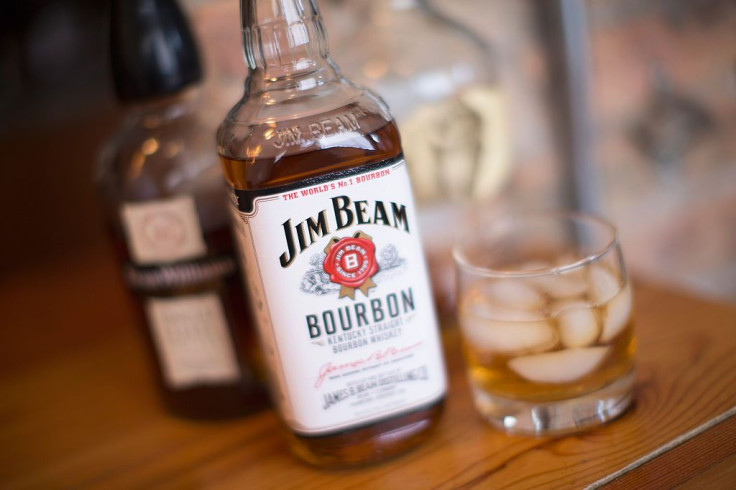Rye Whiskey And Bourbon Each Have Distinctive Flavor, But Americans Can't Tell Them Apart: Study

Everyone knows an alcohol snob — someone who claims that they can make a perfect cocktail, that the only wine worth drinking is expensive, or that they can tell easily tell apart two very similar brands of liquor. A new study from Drexel University, however, suggests the average person can’t tell the difference between two types of whiskey: rye and bourbon.
Dr. Jacob Lahne, a food scientist and assistant professor in the center for hospitality and sport management, found Americans were more likely to sort alcohols by brand rather than type of whiskey when given a blind taste test. Legally, the only difference between rye and bourbon is their mash bill, or the materials each one requires for fermentation. Rye is made with — you guessed it — a majority of rye, while bourbon is fermented with a mash that is mostly corn. Apart from this difference, the stylistic and legal requirements for the two alcohols are identical. Something as little as a two percent change in mash bill could change bourbon to a rye, or vice versa.
“There is definitely a tendency for bartenders to talk about how some drinks should absolutely be made with bourbon or rye, and I think it’s clear now that there is more flexibility,” Lahne said in a press release. “In a way it’s fun and exciting — it gives you a bigger universe to play with.”
Oftentimes, rye and bourbon are described as distinctly unique from one and other. Some say bourbon is smooth like caramel, whereas rye is brasher and much drier. Despite how popular whiskey is in the U.S., there was no previous research on the assumed difference between rye and bourbon. Lahne had a simple question: how can the two be so drastically different with such a similar recipe?
Lahne presented 21 participants with trays of 10 whiskeys, five ryes and five bourbons, in a random order. In accordance with Scotch Whisky Regulations, he instructed the group to smell, but not taste, the alcohol. Then, Lahne asked them to organize the whiskey into groups — no fewer than two and no more than nine — by any criteria they felt appropriate. The participants came back for a second session, where they were presented with the same exact whiskeys but with new, random labels. Lahne asked them again to sort the alcohol into groups.
Using a statistical analysis, Lahne and his team interpreted the group’s responses to get surprising results. The participants didn’t separate the whiskeys according to their mash bill, but by other properties like brand, age, and alcohol content. For example, they were very likely to group Jim Bean whiskeys together. Lahne guessed that this trend occurred because brands have constant “house” flavors, meaning Jim Bean whiskeys could be described as having a peanut smell, regardless of whether they were a rye or bourbon.
“It is interesting how distinctive that flavor is,” he said.
Lahne explained that the perceived difference between the two kinds of whiskey may stem from the past, when the differences between their mash bills were greater. In modern times, though, rye and bourbon are more closely related. The team plans to dig deeper into how sensory attributes, such as the peanut aroma, are linked to production variables like alcohol volume and chemical makeup.
Source: Lahne J, Collins T, Heymann H. Replication Improves Sorting-Task Results Analyzed by DISTATIS in a Consumer Study of American Bourbon and Rye Whiskeys. Journal of Food Science. 2016.
Published by Medicaldaily.com



























